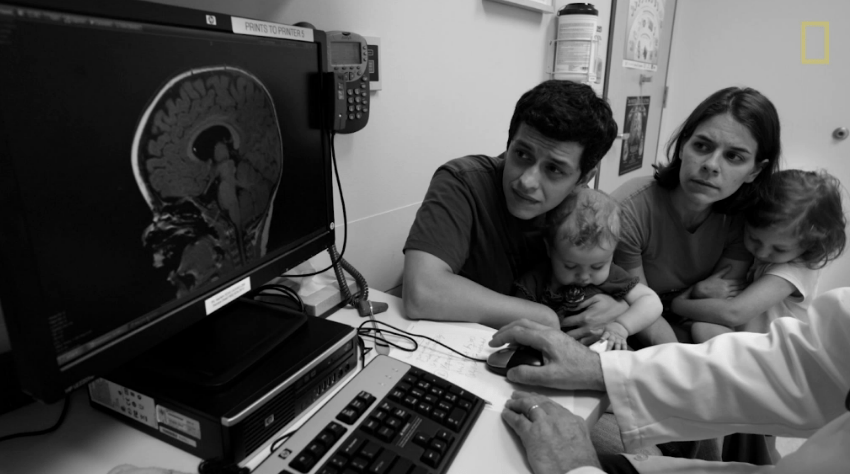Babies might not be the best conversationalists, but their brains are pretty interesting. In this video neuroscientist Patricia K. Kuhl touches on some of human babies’ journey into learning how to fit in with the rest of the humans. As she says, “the infant brain is coding all the time.”
From a National Geographic article on the impact of that first year:
Peering inside children’s brains with new imaging tools, scientists are untangling the mystery of how a child goes from being barely able to see when just born to being able to talk, ride a tricycle, draw, and invent an imaginary friend by the age of five. The more scientists find out about how children acquire the capacity for language, numbers, and emotional understanding during this period, the more they realize that the baby brain is an incredible learning machine. Its future—to a great extent—is in our hands.
If the metamorphosis of a cluster of cells into a suckling baby is one of life’s great miracles, so is the transformation of that wobbly infant into a walking, talking toddler capable of negotiating bedtime.
Babies! A pretty big pain in the rear, but pretty cool, too.
(via National Geographic)
Are you following The Mary Sue on Twitter, Facebook, Tumblr, Pinterest, & Google +?









Published: Jan 11, 2015 12:30 pm